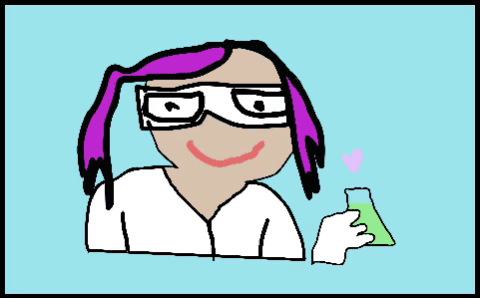
Authors: Lauren Ramilo, Daiza Norman, Rabeya Tahir, Tanasha Lertjanyarak, Carlos Goller
Presented at the 2021 Mid-Atlantic SENCER Conference Narratives in Science
Engaging citizen scientists in collaborative knowledge creation is at the heart of our teaching philosophy and open pedagogy. We aim to start conversations about the unique microbes that live around us. Novel microbes with diverse metabolic capacities can be used for applications such as bioremediation and biomineralization. High-throughput and metagenomic sequencing have generated tremendous amounts of information about potentially commercially useful microbes. However, multidisciplinary findings have created a body of literature that is complex and disjointed, limiting our ability to identify generalizable conclusions, and hindering the alignment of research goals that is needed to generate new and improved microbial-based technologies.
We present collaborative annotation as a strategy for citizen scientists to synthesize and summarize knowledge from the literature. The virtual learning artifacts produced contribute to the development of microbial-based technologies. This workflow also contributes to participant scientific literacy and creates a space for dialogue between the public and science communities. We present a case study of collaborative annotation among university students to review the current literature on Delftia acidovorans, a bacterium with several potential commercial uses.
Hypothes.is is a powerful tool that creates a conversational layer of annotations above online publications to make reading active, visible, and social. Collaborative annotation enables access, mining, discovery, reuse, and interoperability of information in published literature. This workflow can be leveraged to produce participant-driven encyclopedia entries (i.e., Wikipedia), blog content, and comprehensive literature reviews. This strategy also addresses the data flood in applied microbiology that has created a disjointed body of literature and is capable of producing generalizable conclusions to align research goals and enhance science communication. We share our findings on our webpage: go.ncsu.edu/delftia.
What is Collaborative Annotation?
Collaborative annotation is the practice of annotating electronic materials alongside a group. Annotations are visible to anybody in the group. Collaborative annotation allows people to work together to extract and evaluate information, share ideas, and create knowledge!
7 Things You Should Know About Collaborative Annotation
Who is Annotating?
Individuals in the Delftia Annotation group are students and science-interested individuals who enjoy learning about amazing and weird bacteria. Does that sound like you? Join us!
Resources Produced by Collaborative Annotation
Narrative resources: Content tells a story that provokes emotion and is written in a lively and personal style.
Logical-scientific resources: Content is written in a scientific style using the passive voice with generalized and impersonal language.

References